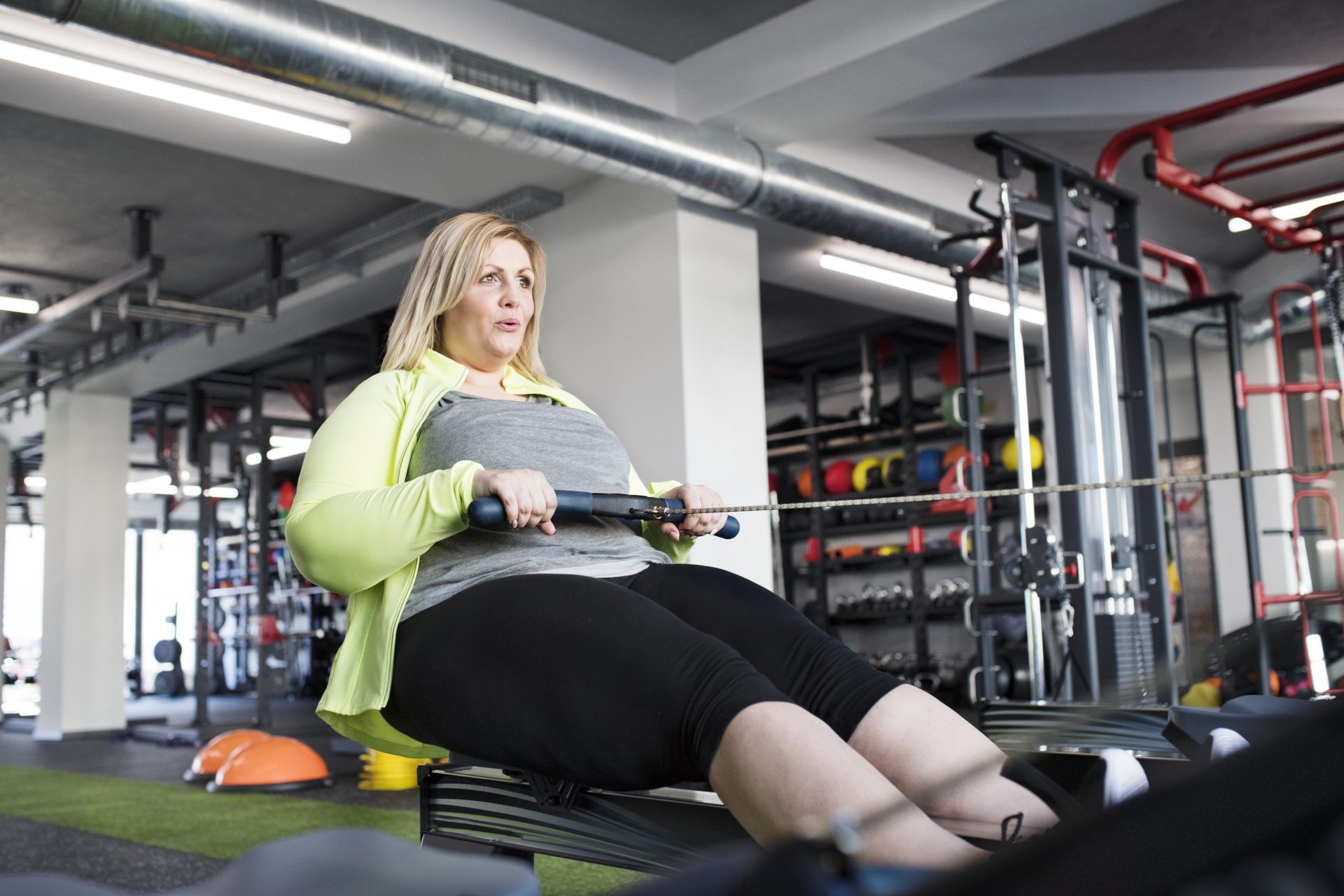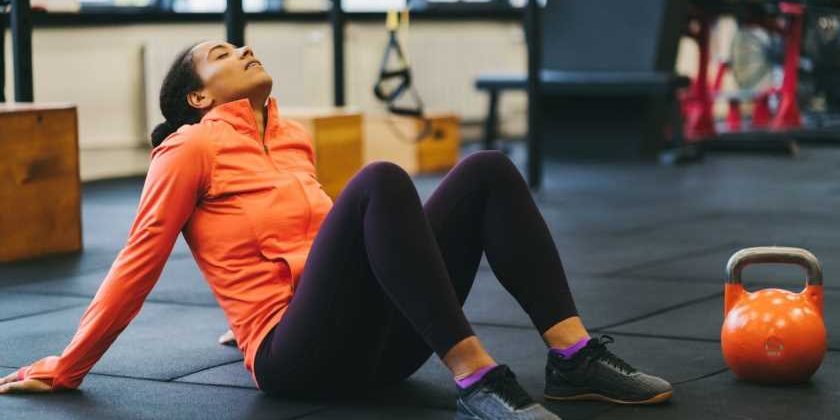We’re constantly being told to choose an activity that we like doing if we want to get into the habit of exercising. But what if we actively dislike doing certain exercises that offer big benefits?
‘Pick something you enjoy doing’ is one of the key pieces of advice we tend to dish out to anyone struggling to get into an exercise regime. If you don’t genuinely like a certain class or exercise, there’s no point in banging your head against a brick wall, right?
While that may be a good rule to follow if you’re focused on building motivation or attempting to forge a less toxic relationship with exercise (fitness really shouldn’t be a punishment), it’s also true that enjoyment can take time to build. I mostly love running, but it took me years to learn to like it. I had to keep going out, push through the discomfort, boredom and breathlessness in order to develop the fitness and skills required to begin enjoying the activity.
You may also like
The gender ‘enjoyment gap’ is real: 2.4 million fewer women than men enjoy doing sports and fitness
And now I’m at a point in my running career where I’ve got to start doing strength exercises that I actively dislike in order to avoid injury. For months, I’ve gone out for runs instead of bothering with single-leg exercises like lunges, step-ups and heel raises – all of which massively benefit runners. Predictably, that’s seen me struggling with chronic tendonitis.
The problem is, they’re so hard to do. You wobble like mad, your calves feel like they’re going to explode and they never seem to get easier (kind of like pilates).
In a bid to sort my strength training out, I’ve started training at Third Space Moorgate with PT Chris Stanton. At one recent session, I was made to do some heavy deadlifts (great!), followed by some light weight step-ups. All I had to do was hold a kettlebell while stepping onto a box. Reader, I was almost in tears.
I hated every single moment, and the more negatively I thought about it, the worse I seemed to get. I’d gone from feeling super powerful to weak in a matter of seconds.
Sensing my frustration, Stanton switched up my programme the following week – taking out the horrible step-ups and swapping them for an anti-rotation cable lunge which got the same stabilising muscles working but in a different way. Walking out of the gym, I felt 10 times stronger and happier than the week before.
And that got me thinking: while some exercises do require persistence (like running), can disliking certain exercises make you worse at them? And if so, does that mean you should avoid doing stuff you hate – even if it’s good for you?
Stanton explains that, at least in a trainer-client situation, understanding someone’s relationship to certain exercises is crucial. “Body language, verbal discussion and observation are key to understanding how a client reacts to an exercise.
“How people perceive or relate to a movement can certainly influence their motivation.”
In other words, you’re going to be more motivated to continue with a certain exercise if you have a positive reaction to it. That doesn’t necessarily mean that you only stick with stuff you find easy – ‘easy’ might become ‘boring’ quite quickly – but we should pay attention to the emotional reactions we have to certain ways of moving.
And if you have a negative reaction, it’s important to know that there are plenty of ways to target specific muscle groups or strengthen a certain plane of motion without having to do the same exercises.

Stanton explains that a bent-over dumbbell row, for example, is very different to doing a standing cable row – but they both have the same outcome. “You might prefer one way to the other, and that’ll enhance your experience and could lead to increased motivation,” he says.
I can definitely see that: bent-over rows can load the back in an uncomfortable way and it’s quite a compromising position to be in if you’re at the gym. You might feel more vulnerable sticking your butt out and looking at the ground. Standing tall at a cable, however, gives you a full view of the gym floor and allows the back to relax.
Your skill in performing a movement is developed over time, while your emotional response to a certain movement might be influenced by a range of factors, including:
- Time of day (exercising at the right time of day for you)
- History (eg past bad experiences)
- Environment (busy v empty gym space)
- Sufficient repetition or intensity (giving yourself the chance to practice)
You may also like
Exercise motivation: 7 pre-workout habits to improve workout performance
“The nature of the training experience dictates the nature of the neuroplasticity or change,” Stanton says. “And that allows you to positively change your experience.” That means how positively you see your session is going to affect your ability to solidify the skills you’re trying to learn.
In his case, that means understanding clients better from a psychological point of view. But for the rest of us, it might be a case of working out what exercises will elicit the physical responses we’re after, without putting us under a load of emotional strain.
You’re only going to know what’s not working for you if you give exercises a fair chance. I did three weeks of step-ups before Stanton gave me a break (thanks Chris!), so I’d given them a good go. And just because I don’t like them now, doesn’t mean I won’t go back to them – maybe in a home workout environment where I’m less self-conscious and able to take them at my own pace with more modifications.
Images: Getty
Source: Read Full Article
